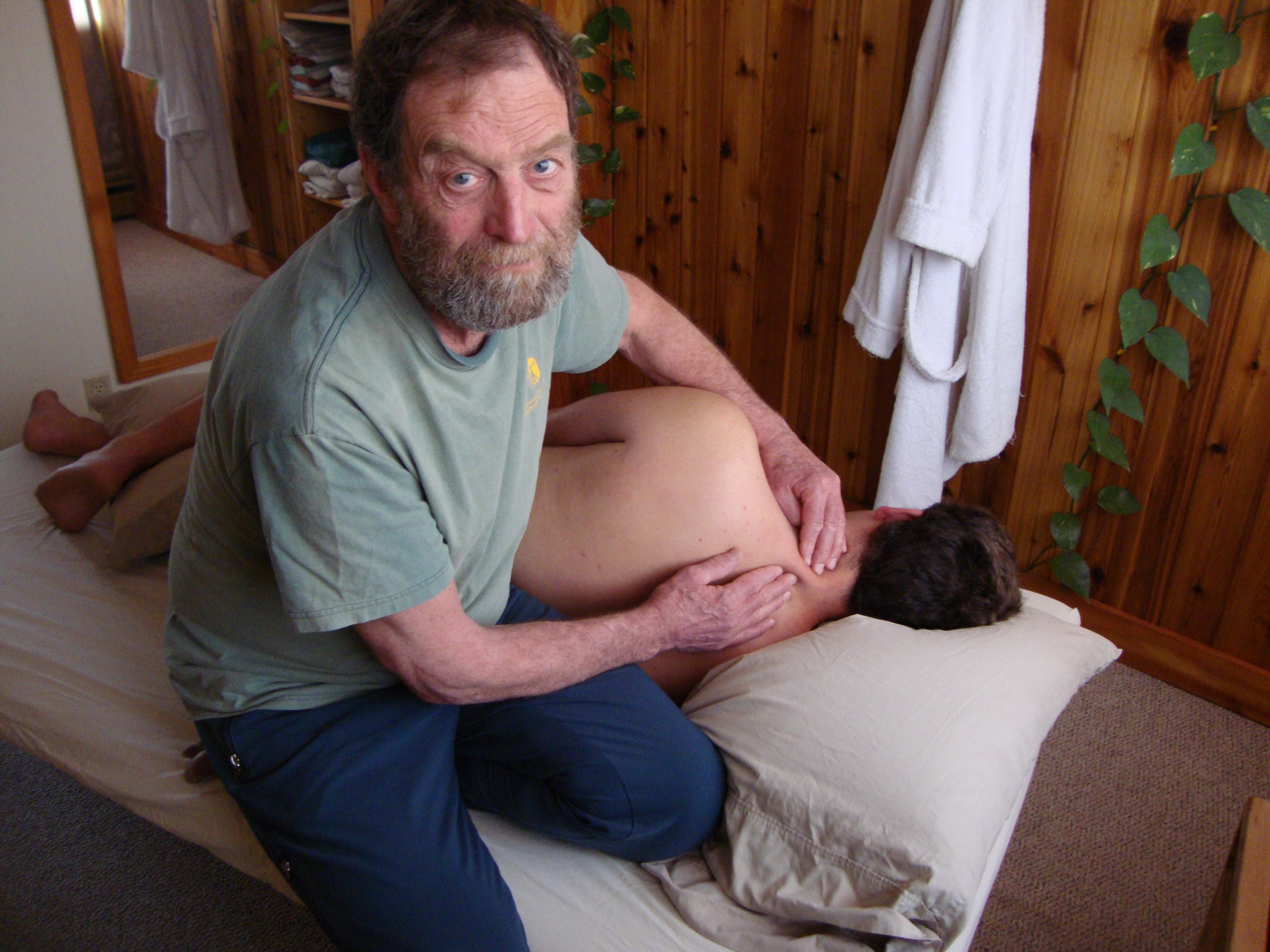by Wayne Still
 The mammalian body is a marvellous piece of architecture capable of feats of strength and movement. If we look at the methods of movement a useful analogy is to think of ropes and pulleys. The ropes are muscles. The pulleys are joints which articulate with the pull of the muscles providing the flexibility we need to make movements necessary for our lives. Just as ropes need to be flexible to be useful so must muscles be limber. Pulleys need to be lubricated in order to turn smoothly. Joints, especially the ball and socket joints such as found at the shoulder and hip need lubrication in order to articulate with a minimum of effort and maximum range of motion. If ropes rub against each other while doing their job they will fray and wear out. Similarly if muscles or their attachments to bones rub against each other damage can result. Nature has provided our bodies with adaptations to facilitate movement while ensuring that the movement happens efficiently and without harm to themselves.
The mammalian body is a marvellous piece of architecture capable of feats of strength and movement. If we look at the methods of movement a useful analogy is to think of ropes and pulleys. The ropes are muscles. The pulleys are joints which articulate with the pull of the muscles providing the flexibility we need to make movements necessary for our lives. Just as ropes need to be flexible to be useful so must muscles be limber. Pulleys need to be lubricated in order to turn smoothly. Joints, especially the ball and socket joints such as found at the shoulder and hip need lubrication in order to articulate with a minimum of effort and maximum range of motion. If ropes rub against each other while doing their job they will fray and wear out. Similarly if muscles or their attachments to bones rub against each other damage can result. Nature has provided our bodies with adaptations to facilitate movement while ensuring that the movement happens efficiently and without harm to themselves.
Joints are lubricated with a material called synovial fluid. It has the appearance of egg white and the consistency of egg yolk. Synovial fluid is kept within the joint itself by a fibrous membrane forming a cuff around the entirety of the joint. The cuff is known as the joint capsule. It has functions besides keeping the synovial fluid inside the joint; it helps to keep range of motion within the joints appropriate range as well as helping to hold the joint together. When subjected to injury or other stressors the capsule has a tendency to contract along its margins forming pleats. These contractures can limit the range of motion of the joint. The cascading effect of the limitation is that associated muscles are not able to move in their full range and become painful. One of the more commonly known examples of this is the frozen shoulder where the joint capsule becomes increasingly thickened and contracted to the point where normal range of motion is severely limited and painful. Fortunately tissue that contracts can also be persuaded to return to its original form. This is accomplished by working around the margin of the joint capsule gently opening the pleats. This restores the tissue to its original length and allows the joint to move in its full range. Additional work is usually needed to bring the associated muscles back to their happy place. Sometimes we get lucky and this can be accomplished in one session, other times it can take several visits to the area to completely resolve the issue.
Bursas are found throughout the body, there are more than six hundred of them. If there is the opportunity for a bone to rub through the skin a bursa will stop that from happening. Similarly they cushion bones that might otherwise rub on each other or tendons that go over bones. They are similar to joint capsules in that they are made of the same fibrous material. Only in this case the material is formed into a sack filled with synovial fluid to provide the necessary cushioning effect. They are subject to the same stresses as joint capsules and respond in the same way by contracting around the margins and adhering to the underlying structure restricting normal glide. Again range of motion is reduced and more effort is required to move the affected body part. Using the same methods as are used to release adhesions in joint capsules, bursas can be released and returned to their normal function. It is quite impressive to see the amount of change in range of motion that simply releasing a bursa can achieve. Not to mention the greater comfort the owner of the bursa will feel.
I have been fortunate in the past year to have learned about these structures and how to treat them. This knowledge has allowed me to become more precise in my work thereby achieving better results for my clients.
